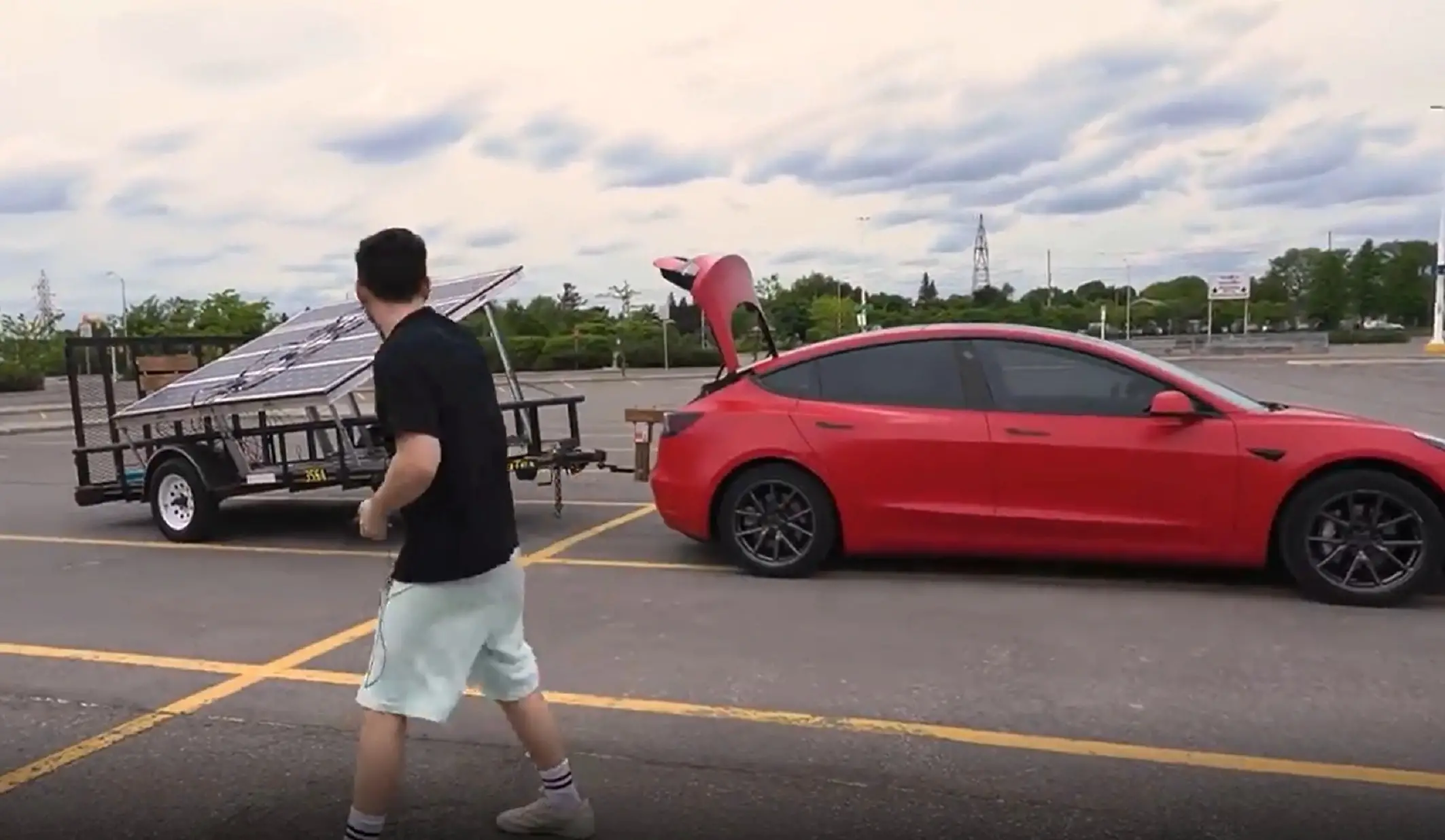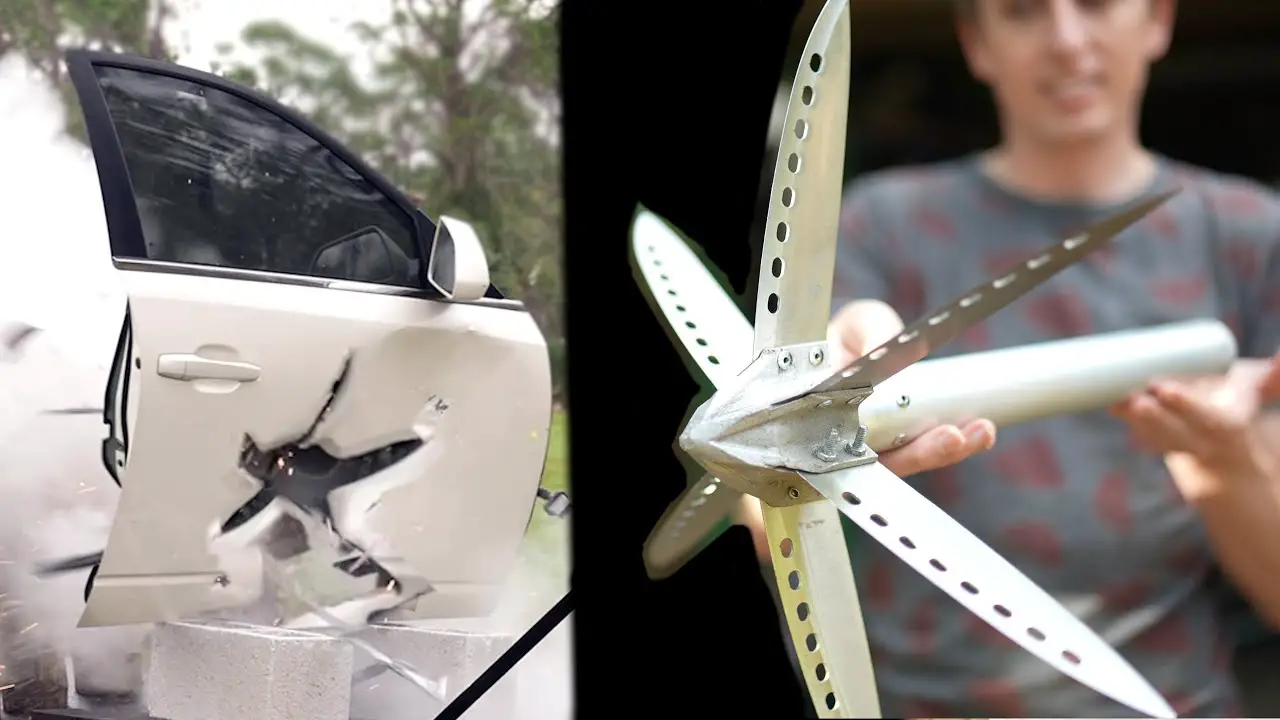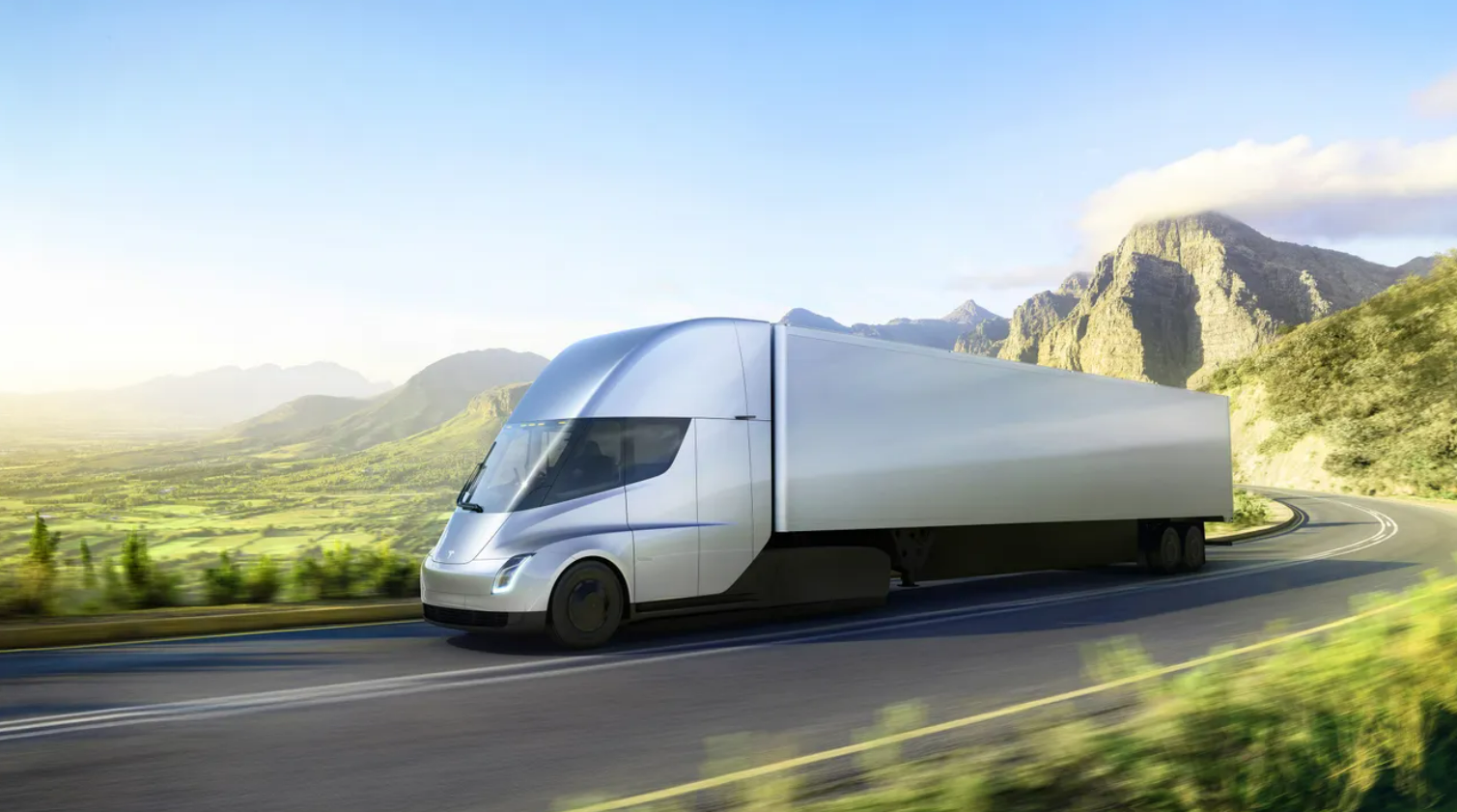A large undersea electricity line will transport solar energy collected in Egypt near the Sahara Desert to Europe. The 1,373km line will supply the European system with 3,000 MW of electricity, which will run both heavy industries and community homes.
The Copelouzos Group’s backers recently met with Egyptian politicians to expedite the project, and the enormous energy project is anticipated to be finished before the end of the decade.
According to Copelouzos Group CEO Ioannis Karydas:
“We are helping Europe wean itself off of Russia’s fossil fuels and natural gas by bringing 3,000 MW of renewable energy to Europe via Greece.”
In addition, green energy will be far more affordable than current energy costs. You realize that both Greek and European customers will benefit from this. The project will be completed in 7-8 years.
According to Copelouzos Group CEO Ioannis Karydas:
“Additionally, compared to current energy pricing, the green energy we will convey will be substantially cheaper. You realize that both Greek and European customers will benefit from this.”

The “GREGY Connectivity” project, which is expected to cost 3.5 billion euros, has been prioritized as a Project of Common Interest (PCI) by the European Union (EU).
Additionally, the project will aid in transferring renewable electricity produced in Egypt and other African countries to Europe via undersea cables connected to wind and solar parks.
Supplying electricity across different places
A 3,800-kilometer cable will be used in a similar project known as the Xlinks Morocco-UK Power Project to transport clean electricity from North Africa to the southern part of Engleasand.
It is hoped that the wind and solar power project will provide 3,600 MW of renewable energy to cover the demands of nearly 7 million UK homes The project has previously undergone a feasibility assessment.
A 20GWh/5GW battery facility on site will provide adequate storage, in addition to the continuous production from its solar panels and wind turbines, to consistently supply each and every day.
“When the project is finished, it will be able to cover 8% of Great Britain’s electrical needs.”
Adam Pankratz, a professor at the University of British Columbia’s Sauder School of Business, stated to Al Jazeera that:
“There is no natural resource supply in Europe.”
According to Xlinks’ website mission statement:
“When the project is finished, it will be able to meet 8% of Great Britain’s electrical needs.”
A 20GWh/5GW battery facility on site will provide enough storage, in addition to the steady output from its solar panels and wind turbines, to reliably deliver each and every day, a dedicated, nearly constant source of flexible and predictable clean energy for Britain, created to supplement the renewable energy already generated throughout the UK.
Egyptian green energy
According to Karydas:
“Roughly one third will be used in Greece, primarily in Greek enterprises, another third will be sold to nearby European nations, and the remaining portion will be used to create green hydrogen.”
Projects for connecting Egypt to Libya, Sudan, and Saudi Arabia have already been finished. The Arab nation wants to develop into a significant energy hub for Southeast Europe. And it will take seven to eight years to finish the new project to connect to Europe.
According to Karydas:
Additionally, most of this hydrogen will be exported to nearby European nations.
Europe’s energy dilemma and the upcoming cold winter
High gas prices and a decreasing supply have increased worries about the next harsh winters in Europe.
One of the main causes is the conflict in Ukraine. Russia has stopped supplying natural gas, which the continent has been relied on for years to run businesses, generate electricity, and heat homes.
The pipeline from Russia that supplied about 40% of the gas used in the EU has been reduced by 75%.
Russia may still sell gas through the TurkStream pipeline to Turkey, the Black Sea, and Ukraine, but an eventual closure may be more likely than many had imagined.
Earlier, Russia claimed that this was the inevitable result of Western economic sanctions against Moscow.
According to Dmitry Peskov, the Kremlin spokesman,
“the very sanctions that limit the upkeep of units, which prevent them from deploying without proper legal guarantees.”
Adam Pankratz, a professor at the University of British Columbia’s Sauder School of Business, stated to Al Jazeera that:
“There is no natural resource supply in Europe.”
“They made the decision to stop using fossil fuels and stop drilling for their own natural resources. Europe actually has a lot of gas, but they decided they weren’t going to use it, so they started depending on Russian oil and gas imports, and now that those have been cut off, they have no other options “
One of Europe’s biggest challenges in addressing the energy issue and people’s expectations is the length of time needed to put solutions into action.
Why does Europe seek out cheaper green energy elsewhere?
Europe is dealing with an impending energy crisis as the cost of gas and oil rises. In 2021, Russia was the bloc’s top supplier of gas and oil, meeting around 40% of the bloc’s total energy requirements.
However, energy costs have increased following the invasion of Ukraine and the application of sanctions, leaving some countries concerned about their supplies this winter.





